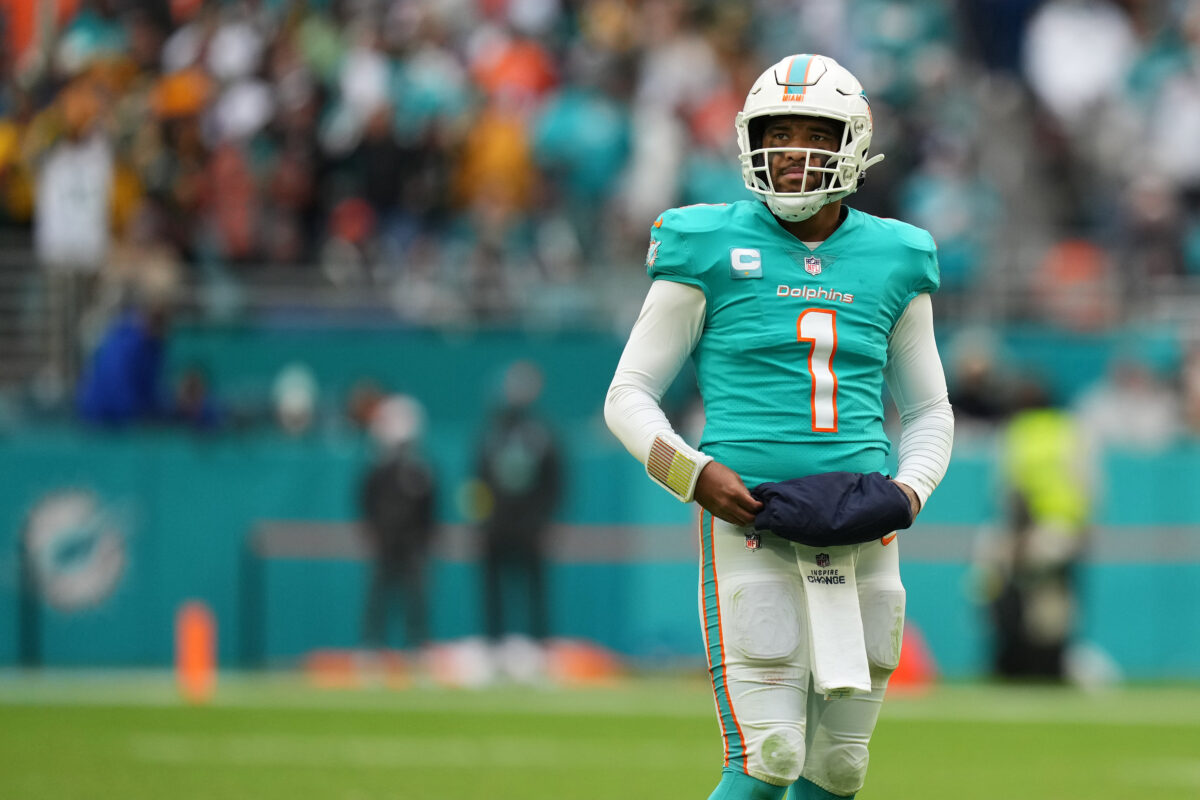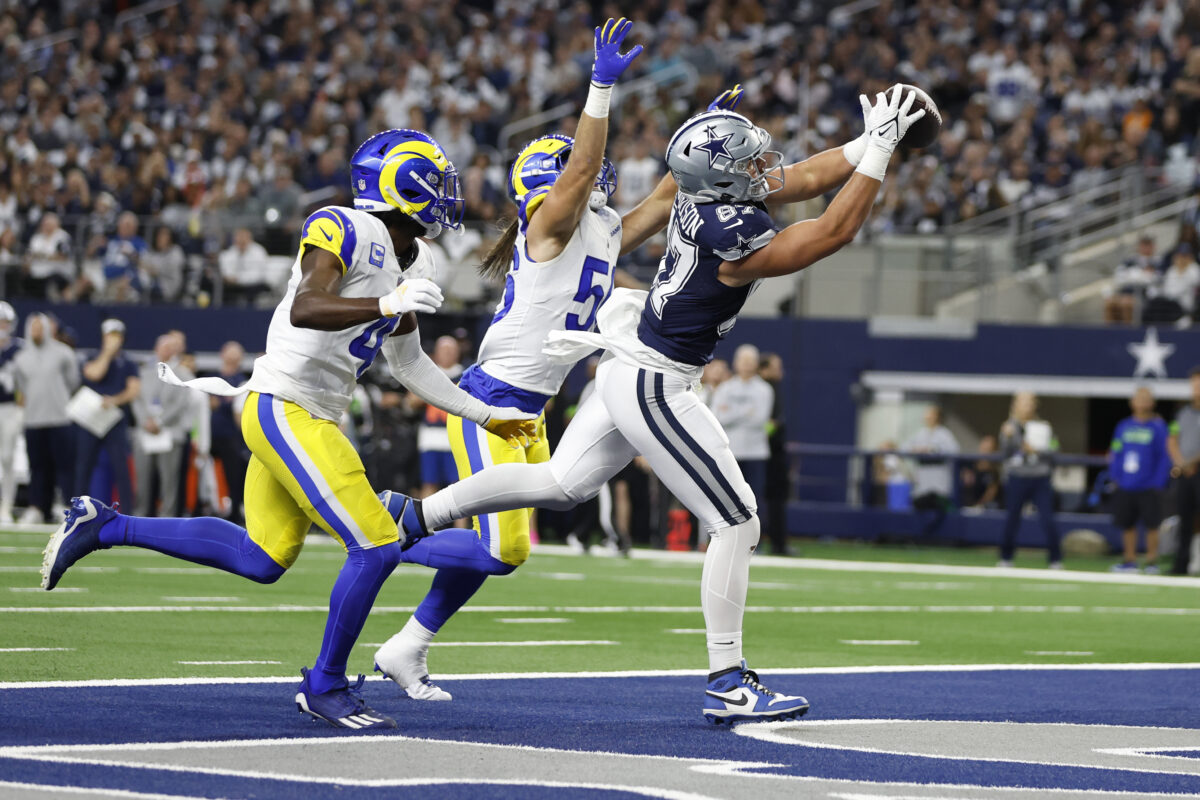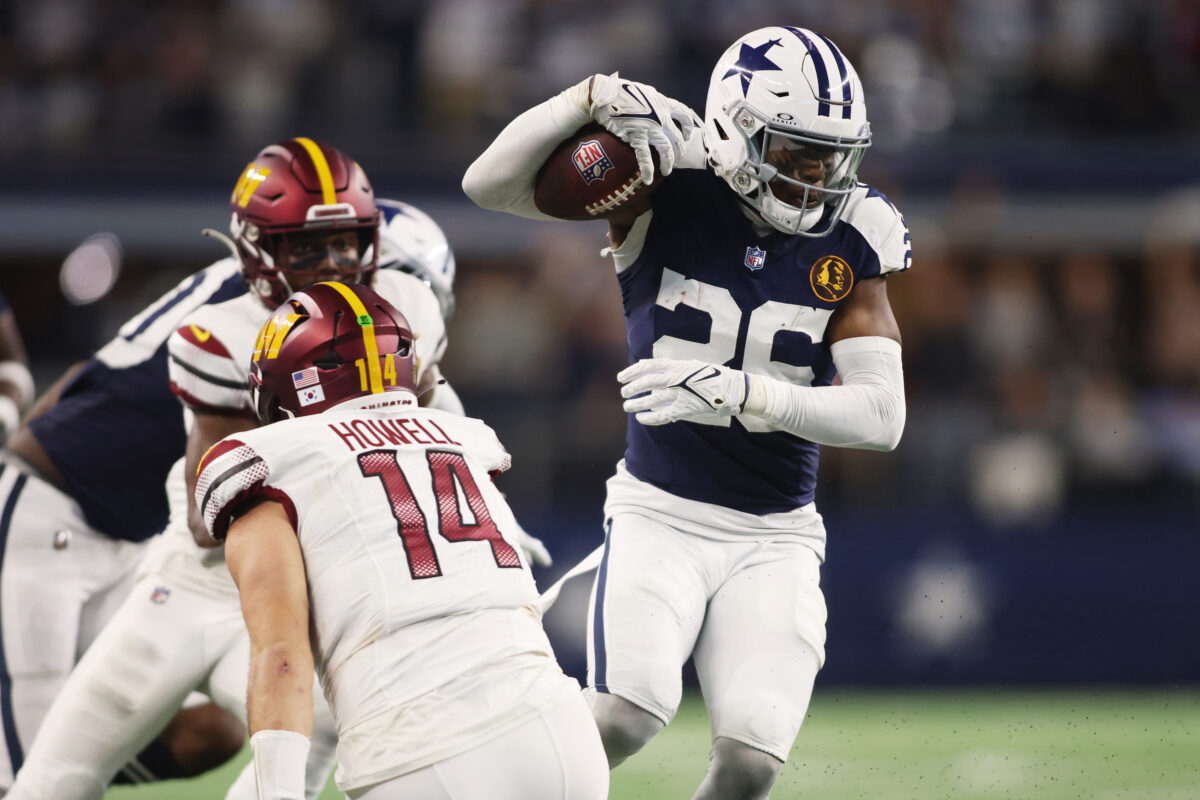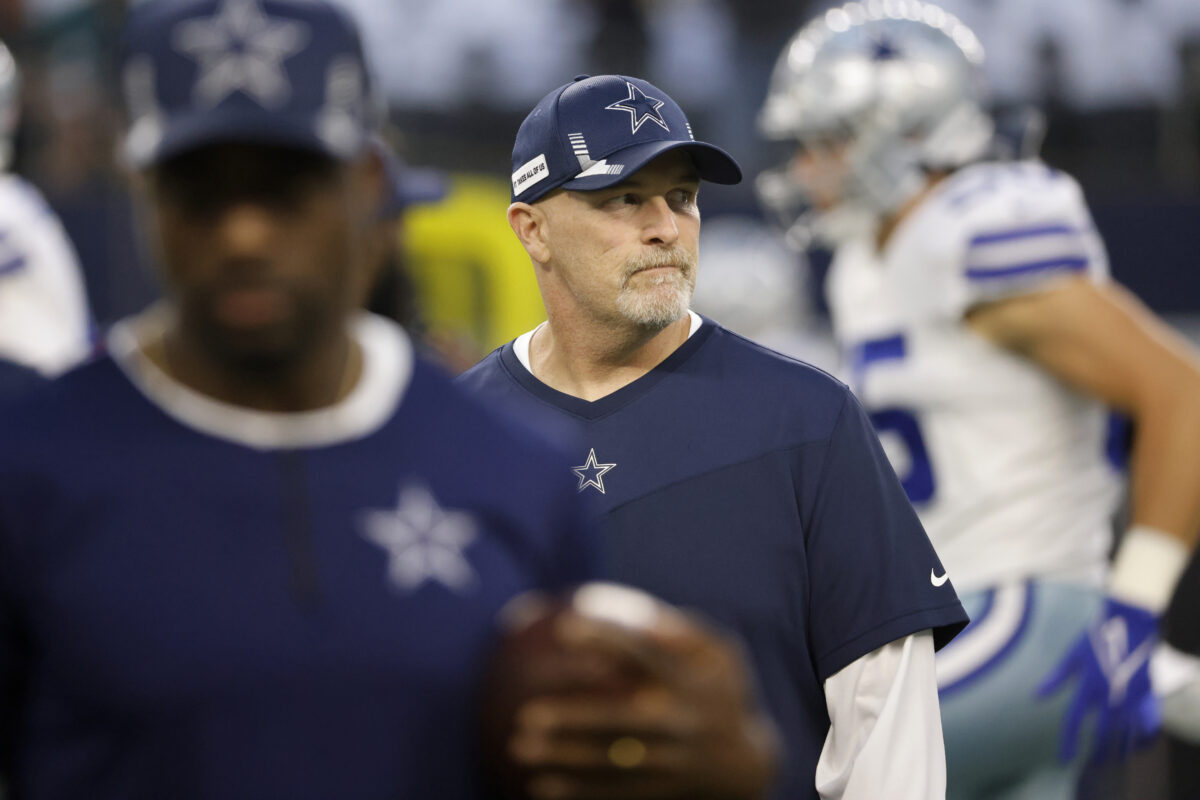While OC Kellen Moore brings collegiate innovation, Dan Quinn’s relying on collegiate-age defenders to execute his commands. A look at how both sides execute, from @DailyGoonerRaf.
When Jerry Jones purchased the Dallas Cowboys back in 1989, he tried a daring rebuilding plan, trusting the project to an old college teammate, Jimmy Johnson — then the head coach at the University of Miami — college football’s most swashbuckling program.
Jimmy raised eyebrows by bringing most of his college staff to Dallas. He sought out an NFL pedigreed offensive coordinator in David Shula, but his defense was the same one coordinator Dave Wannstedt and secondary coach Dave Campo ran at Miami. It was a light, speedy 4-3 that had two true defensive tackles, converted outside linebackers at ends, linebackers chosen for their size and speed templates and a secondary that could play Campo’s quarters coverage zone.
Maligned as “that college defense” at its inception, the Cowboys proved to be very effective once Johnson drafted the right players to run it. Though light, the front seven matched up perfectly with quick, timing offenses like the West Coast 49ers and Packers. Dallas used numbers, building a fearsome nine-man line rotation that wore down opposing offensive lines, until the salary cap system picked it slowly apart.
Going to the college game put the Cowboys ahead of the NFL curve during the Triplets days. When the team aged, Jerry and son Stephen looked to the coaching trees to revive the franchise. On offense, Jack Reilly was brought in to replace Ernie Zampese, and when Bill Parcells retired, Jerry tapped Jason Garrett, an advocate of the Norv Turner/Zampese system that worked so well in the ’90s.
On defense, the Cowboys showed a willingness to let head coaches like Parcells and Wade Phillips run their respective versions of the 3-4, but reverted to systems close to the Johnson/Wannstedt 4-3 once Phillips was fired in 2010. Most recently, Monte Kiffin and Rod Marinelli ran their updates on their famous Tampa-2 schemes, close cousins to the ’90s Cowboys defense.
Trying to live in the past saw the Cowboys drift. As the Jones sought to regain old glory, the game left them flat footed. As in the late ’80s, college systems, on offense and on defense, trickled into the pro game. Run-pass option passes became more common. Baltimore went all in on a running quarterback, building an offense for Lamar Jackson nearly identical to the one he ran at Louisville.
On defense, coverages and fronts from defensive minds like Nick Saban and Dave Aranda started to pop up more frequently. The college game is the true laboratory for tactical innovation these days, and NFL franchises that look “down” are suddenly, like Jimmy’s old Cowboys, finding success on Sundays.
It’s been a hard lesson, but in 2021, it appears that the Jones may have found their old mojo, not by again trying to turn back the clock, but instead by going back to school.








